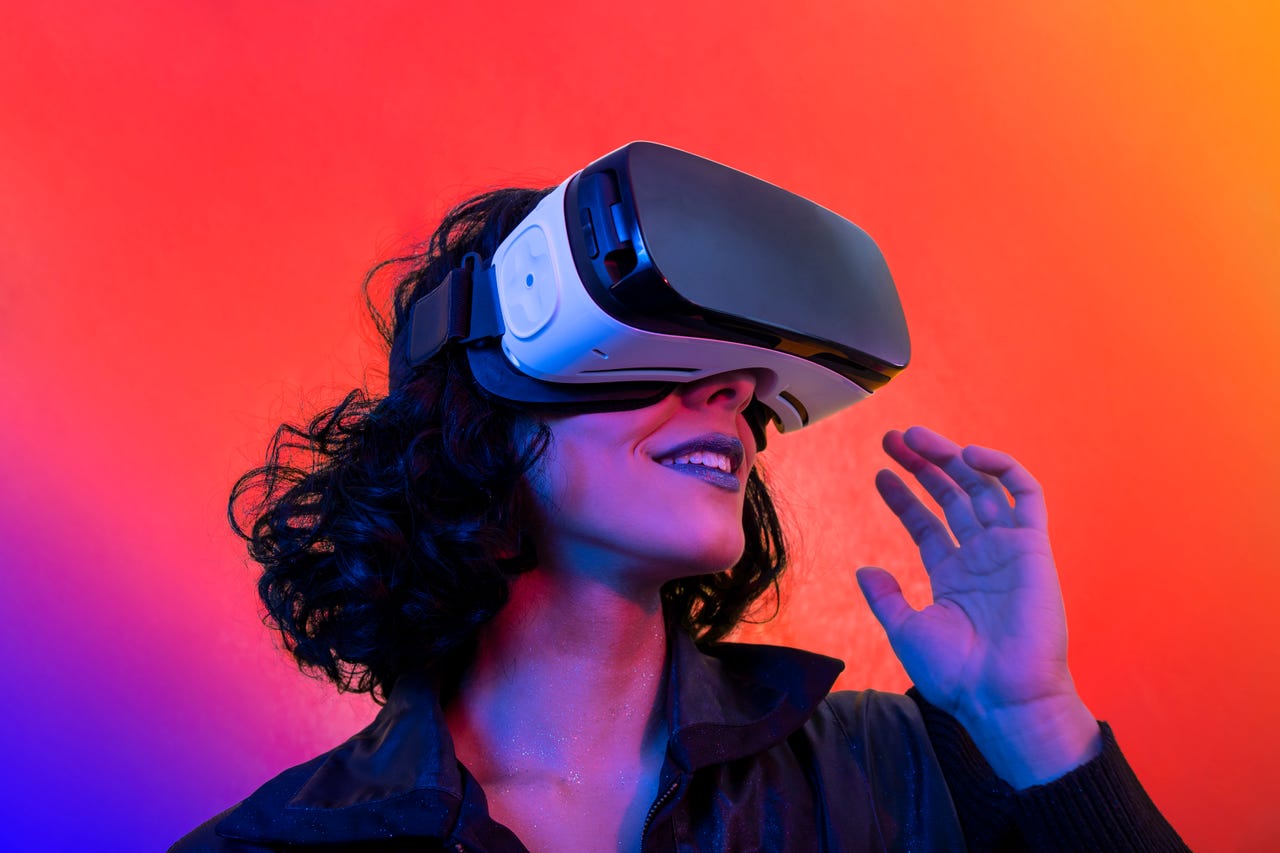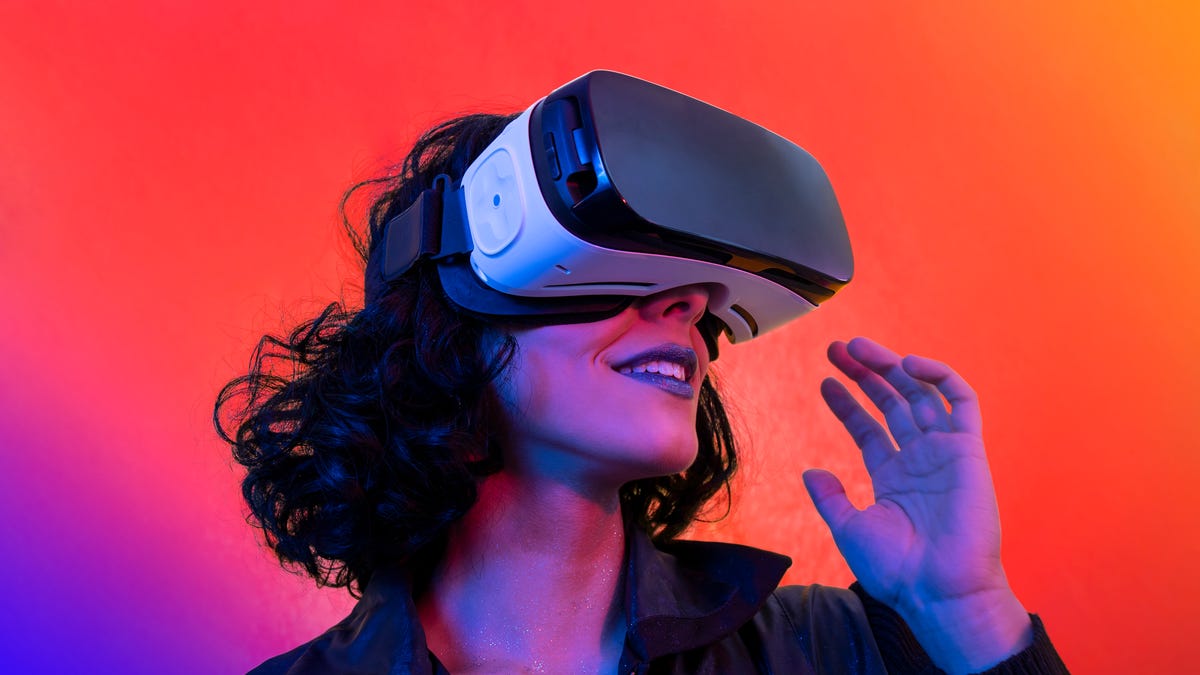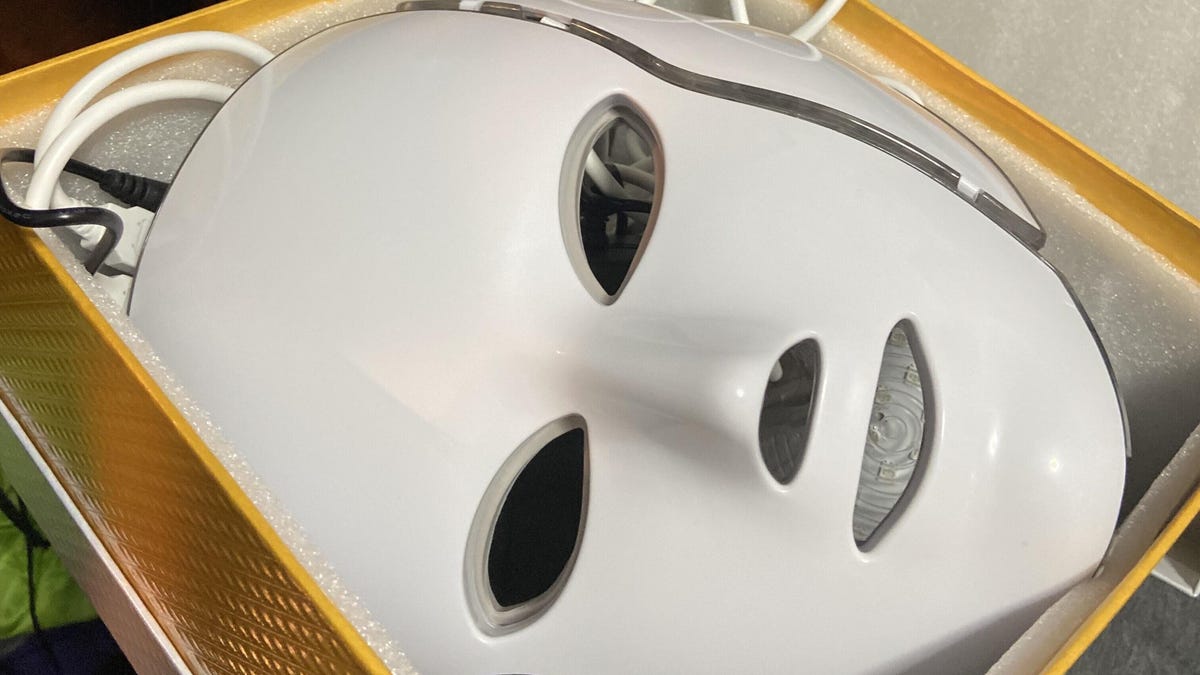Everything you need to know about Apple’s VR/AR headset

What is this Apple headset?
The Apple mixed-reality headset refers to Apple’s take on virtual/augmented reality headsets. Apple’s rendition will serve the same functions as the headsets that are on the market now, but it will likely house more advanced technology. The existence of the headset has not been confirmed by Apple; however, Apple analysts and aficionados have been keeping a close eye on Apple’s activities and have been able to dig up clues about the headset’s specs. Here is everything we know.
What will the Apple headset be named?
Filed patents clue us into the name of the Apple headset, which will include the word “Reality.” Back in August, Bloomberg reported that a shell company, linked to law firms Apple has previously used, filed trademark applications in multiple countries for the names “Reality One,” “Reality Pro” and “Reality Processor.”
A couple of months before that, another shell company filed two patents for “RealityOS” which could refer to the software the headset would utilize. It is not unusual for a big-tech company like Apple to use a shell company to keep secrecy. Before the macOS names Yosemite and Monterey were announced, Apple had used shell company “Yosemite Research LLC” to register the names.
How much is the headset expected to cost?
According to Bloomberg, we can expect the headset to cost anywhere between $2,000 and $3,000 due to the M2 chip it will utilize, high number of cameras, and high resolution displays. This places Apple’s headset at a higher price point than market competitors. Meta’s Quest Pro headset retails at $1,500 and the HTC Vive Focus 3 is $1,300.
SEE: Meetings in the metaverse: Our experience with HTC Vive Sync
When did rumors of the Apple headset concept begin to circulate?
Rumors of a top secret Apple VR/AR headset began in 2017 when Bloomberg reported on “rOS,” an operating system that was supposedly being created to run the virtual reality product. At the time, Bloomberg predicted that the product would be ready to ship as early as 2020, but today, six years after the rumor’s inception, we know how that went.
When is the expected release date now?
According to the latest projections, we shouldn’t be waiting much longer, despite the constant delays. Initially, the product was expected to launch in 2019, and then it got delayed to 2020, 2021, 2022 and now 2023.
The general expectation was that Apple would release the product in January 2023 and have shipments follow later in that year. However, that plan has also taken a detour, according to Bloomberg’s Mark Gurman.
Gurman believes that the tech giant will now announce the headset this spring ahead of the annual Worldwide Developers Conference (WWDC) in June. Apple frequently uses the WWDC to announce products. At the 2022 WWDC, Apple announced its new software updates for the iPhone, iPad, Mac, and Apple Watch as well as the latest iteration of its signature silicon chip.
Apple-focused analyst Ming-Chi Kuo’s predictions also align with Gurman’s. In December, Kuo said that we could expect the launch to happen in the second half of 2023 due to software-related issues.
“My latest survey indicates that the mass shipment schedule of Apple’s MR headset may delay to 2H23 because of software-related issues (vs. the previous estimate of 2Q23)” Kuo said in a tweet.
Apple has yet to confirm the existence of the headset or when we can expect a launch.
Are there prototypes?
Gurman reports that Apple has already shared the product with a small number of high-profile software developers for testing, meaning there is a finished product, or at least a prototype, already out there. The internal codename for Apple’s first headset is N301, according to Bloomberg. A later model, the N602, and a lightweight set of augmented reality glasses codenamed N421 can be expected to launch towards the end of the decade.
Aren’t there headsets you can use with Apple products already?
If you really want to explore AR/VR with your Apple device, there are already devices on the market that would allow you to do so. Meta’s Quest 2 is on the lower side of headset prices without compromising value. ZDNET ranked it as the best overall VR headset because of its easy set-up, comfortable controls, excellent tracking and high-resolution display.
SEE: Meet the companies that will shape the metaverse
If you are a proud owner of the Apple ecosystem, a great, more affordable option is the HoloKit X. This headset harnesses Apple’s technology to create an unforgettable AR experience.The iPhone serves as the headset’s eyes, and all you have to do is pair it to an app to get it going. The headset also has an Apple Watch integration which enables motion tracking on your wrist, allowing you to play games which require hand held movement. To watch ZDNET Editor Kerry Wan use the headset and cast spells in his AR experience, click here.
Who is the intended audience for the headset?
The Apple headset is projected to be a top of the line headset packed with bells and whistles that will be ideal for pros or people who are really invested in AR/VR. If you are just interested in exploring and playing with AR/VR, then a more affordable, existing headset might be a better option for you.
How would Apple’s launch impact the industry?
With talks of a potential metaverse on the horizon, more companies have been developing AR/VR headsets and interest in the space continues to grow. In typical Apple fashion, the tech-giant waited until other companies tried their hand and public interest built up to finally enter the scene.
The first modern AR/VR headset, the Oculus Rift, was launched in March 2016. Since then Meta, which acquired Oculus in 2014, has continued to develop and launch VR/AR sets, culminating in its latest 2022 headset–the Meta Quest Pro. During those six years that Meta continued to grow in the space, Apple waited.
“After Apple launches AR/MR headset, I think Apple’s global rivals will compete to imitate it, leading the headset hardware industry to the next stage of rapid growth and benefiting the related services and content ecosystem,” wrote Kuo.
In the past, when Apple finally chose to enter a space, it revolutionized and dominated it, creating new interest and raising the standards for the product. It is fair to assume that Apple will have the same effect on the AR/VR space when the headset drops.




